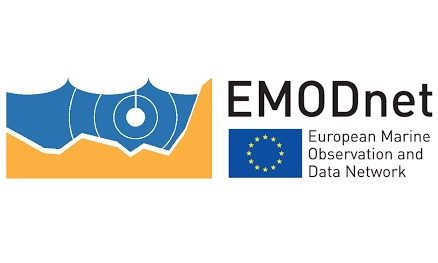EMODnet Geology
Marine research is truly multidisciplinary as evidenced by e.g. the EMODnet I, II, and III projects that have been running since 2009. EMODnet Geology has succeeded in bringing together harmonised offshore data including sea-floor geology, seabed substrates, rates of coastline migration, geological events and probabilities and mineral resources.
The EMODnet Geology Portal aims at providing harmonised information on marine geology in Europe. It is one of several EMODnet portals with the purpose to strengthen blue growth in Europe.
Simple
- Date (Publication)
- 2021-09-16
- Reconnaissance
- European Marine Observation and Data Network
- Thèmes Sextant
-
- /Milieu physique
- Ocean Hackathon - Ville
-
- International and global data portals
- Mots clés
-
- Seabed substrate
- Sediment accumulation rate
- Sea-floor geology
- Seabed lithology
- Stratigraphy
- Coastline migration
- Aggregate resources
- Geological events
- Submerged landscapes
- Mission Atlantic - Resources
-
- Database
- Mission Atlantic - Work Package
-
- WP4 Benthic Mapping
- Mission Atlantic - Data type (DMP)
-
- Spatial data products
- Limitation d'utilisation
- Terms of use
- Contraintes d'utilisation
- Droit d’auteur / Droit moral (copyright)
- Langue
- English
- Jeu de caractères
- Utf8
- Catégorie ISO
-
- Océans
N
S
E
W
))
- Format (encodage)
-
-
(
)
-
(
)
- Ressource en ligne
- Emodnet Geology portal ( WWW:LINK )
- Ressource en ligne
- Map viewer ( WWW:LINK )
- Niveau
- repository
Résultat de conformité
- Date (Publication)
- 2010-12-08
- Explication
- See the referenced specification
- Généralités sur la provenance
- Primary geological survey information requires significant expert interpretation to generate user-friendly maps. Geological data are often used in combination with bathymetry to build up a comprehensive picture of the seabed and its subsurface. These data are a vital component of seafloor habitat maps and are essential tools in marine spatial planning, coastline protection, offshore installation design, environmental conservation, risk management and resource mapping.
 Catalogue PIGMA
Catalogue PIGMA

